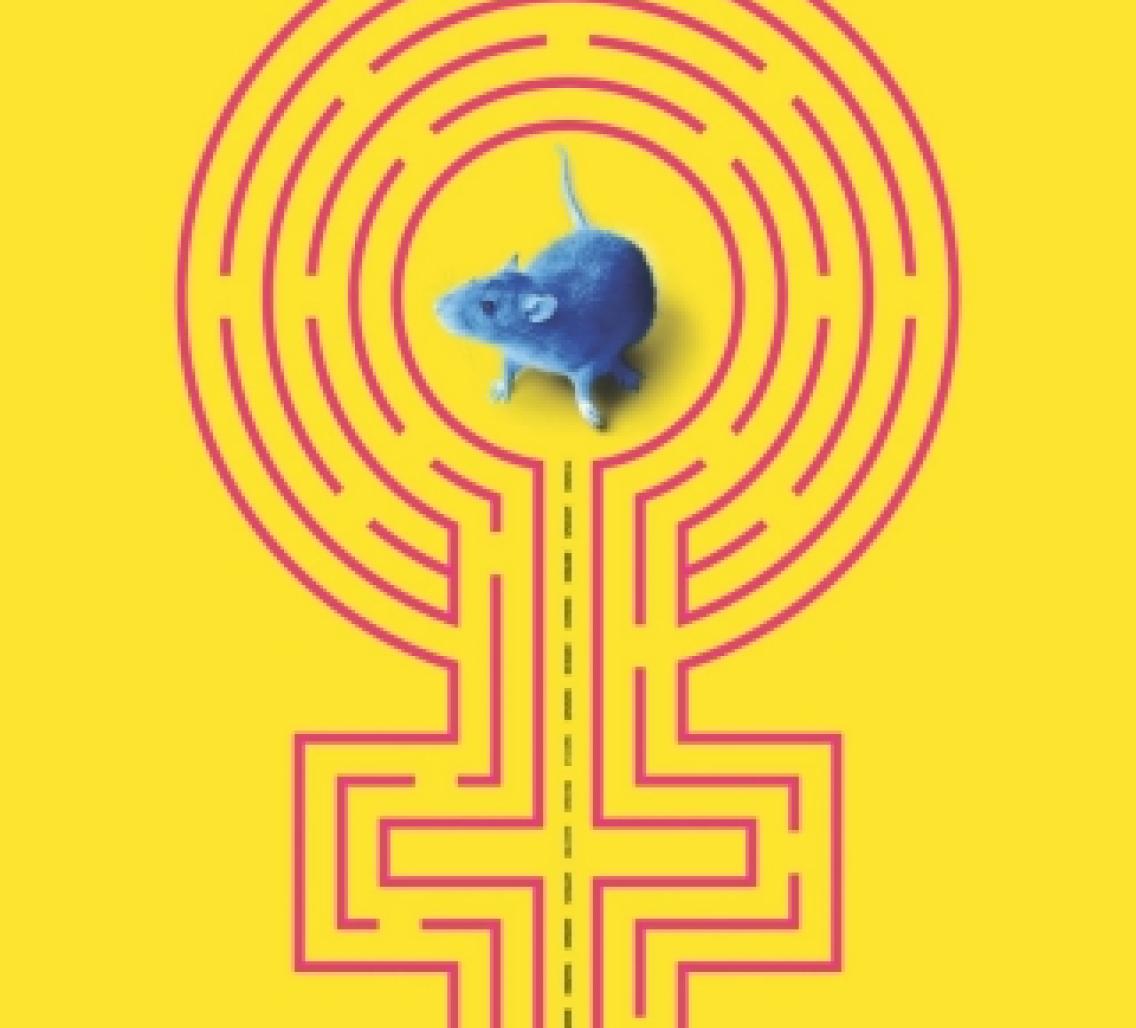By Bruce Goldman
Male mice, even those that are young and sexually naïve, are hard-wired to quickly discern the sex of another mouse. What’s more,researchers have for the first time identified the neurons in the male mouse brain that guide the behavior.
Because mice and humans share much of the same brain circuitry for recognizing a stranger’s sex, the findings likely apply to humans, said Nirao Shah, PhD, senior author of a study published Jan. 31 in Cell. Postdoctoral scholar Daniel Bayless, PhD, is the lead author.
“All social and sexual encounters are predicated on first correctly identifying the sex of the other agent,” said Shah, professor of psychiatry and behavioral sciences and of neurobiology. “It’s a fundamental decision animals make.”
The discovery adds to a growing list of brain circuits in mammals that work differently in males than they do in females, illuminating an ongoing debate about inherent predispositions versus social influences in molding sex-specific behaviors.
Investigators focused on a cluster of neurons in one of about a half-dozen regions of the mouse brain that Shah and his colleagues have linked to sex recognition. The region — the bed nucleus of stria terminalis — differs in anatomy, physiology and behaviors governed, depending on whether the brain is that of a male or a female.
A fraction of this structure’s nerve cells, called AB neurons, produce aromatase, an enzyme that regulates key hormones in reproductive and sexual development.
“Prior to this study, AB neurons were for the most part unexplored territory,” Shah said. “They’ve been particularly hard to study because they’re interspersed among other superficially identical-appearing neurons.”
Shah’s team used tools they developed to monitor, stimulate and inhibit signaling activities in AB neurons in male mice that, in the first weeks of life, were exposed to no female mice besides their mothers and sisters. Immediately after weaning, the mice were moved to male-only housing.
Several days before the experiments, the male mice were transferred to solo housing, propelling them to establish their “turf.” Male mice are predictable in responding to intrusions into their established space. “If it’s a female, the resident male will try to woo her,” Shah said. “If it’s a male, he’ll pick a fight.”
These young mice stuck to the script. When a female mouse was put into its habitat, a young male would try to mate with her. When another male was introduced, the resident male attacked.
In both cases, scientists observed an uptick in the resident male’s AB neuron activity, though the increase was greater when the stranger was a female and during sexual behavior. The neuron activity subsided during ensuing fights with a male. Even when male mice were neutered, they were still able to distinguish between the sexes, supporting the theory that the behavior is hard-wired.
However, when researchers stifled AB neuron activity during a male resident mouse’s encounter with a stranger of either sex, his sex-recognition ability was suppressed. “He wouldn’t fight with the males and he wouldn’t mate with the females,” Shah said.
The AB neurons of female mice responded somewhat to the introduction of a strange mouse of either sex, but showed no particular activity difference whether the stranger was male or female. Even experiments that eliminated the females’ AB neurons had no obvious effect on their behaviors.
“These nerve cells’ role in the female brain is mysterious,” Shah said. “Females apparently use a different neural system to recognize the sex of other individuals. What that system might be is still anybody’s guess.”
